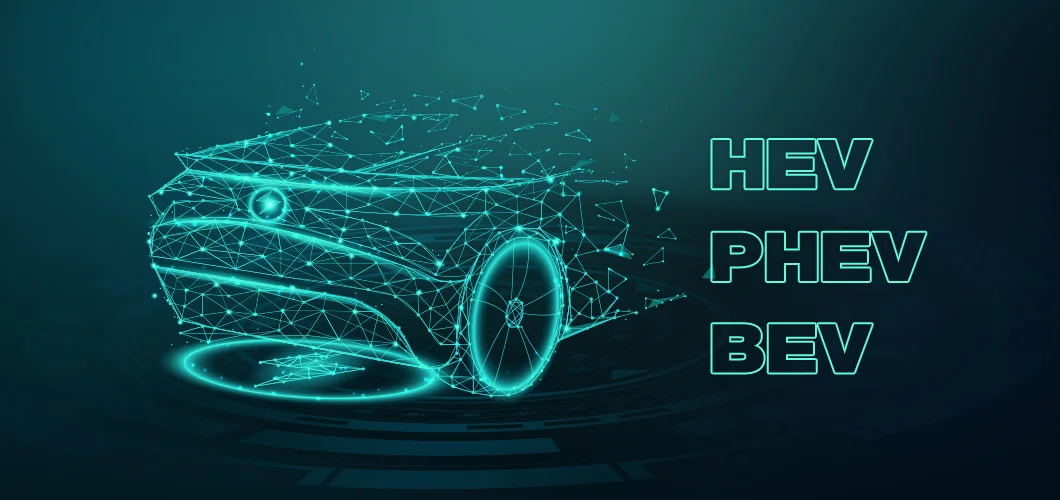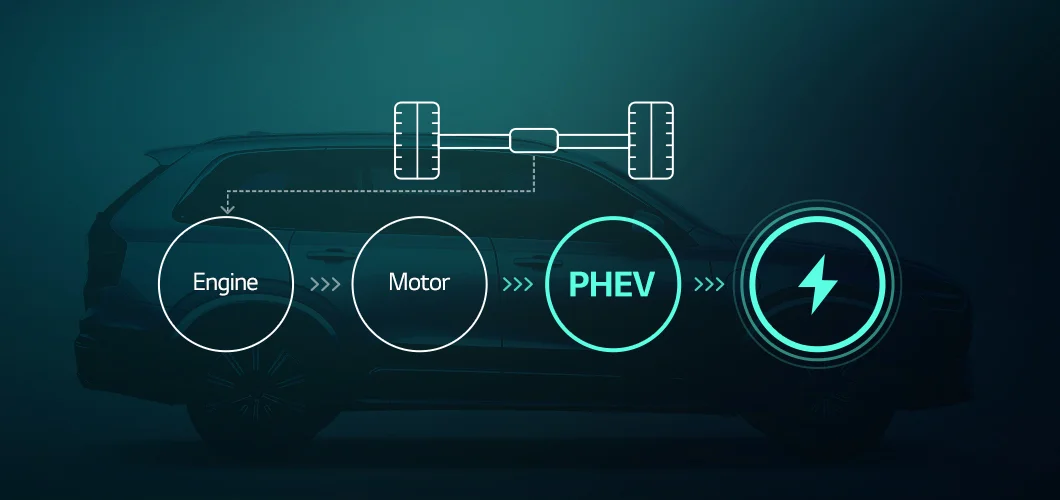
One. The foundation of battery chemistry
Batteries are devices that convert chemical energy into electrical energy through electrochemical reactions. It consists of two electrodes, anode and cathode, and an electrolyte that promotes the flow of ions between them. When the battery is connected to an electrical circuit, a chemical reaction within the battery causes an electron flow, which can be used to power the device. Batteries store energy by storing ions in the anode and cathode. When the battery is charged, ions flow from the cathode to the anode and are stored in the battery electrode material. When the battery is discharged, the flow of electrons is reversed, and ions flow from the anode to the cathode, resulting in the flow of electrons in the external circuit. Battery capacity is determined by the amount of ions that can be stored in the anode and cathode. The more ions the battery stores, the larger the capacity and the longer it takes to power the device. The amount of energy density or energy per unit volume or weight of the battery affects the battery capacity. The chemical properties of the battery can vary depending on the material used in the electrode or electrolyte. The most common type of battery used in electric vehicles is lithium-ion batteries, which use lithium-based electrolytes and electrodes made of materials such as graphite and lithium cobalt oxide. Other types of storage batteries, such as nickel, metal hydrides, and lead acid batteries, are also used in some EVs.

Two. Types of batteries used in electric vehicles
Electric vehicles (EVs) rely on batteries to store and supply power to electric motors. The types of batteries used in EVs have evolved over the years, with technological advances improving performance and reducing costs. Lead-acid batteries were some of the earliest types of batteries used in EVs, but most are being replaced by advanced battery technology. Lead-acid batteries were heavy and low in energy density, making them susceptible to failure at extreme temperatures. Nickel-hydrogen batteries (NiMH) were popular choices for EVs from the late 1990s to the early 2000s. Although it had higher energy density than lead-acid batteries, it was still relatively heavy and had a limited lifespan. Currently, the most commonly used batteries in EVs are lithium-ion batteries. Lithium-ion batteries are much more energy dense, more efficient, and can provide more capacity for EVs than lead-acid batteries or nickel-hydrogen batteries (NiMHs). It is also lighter and has a longer lifespan. Lithium-ion batteries operate by storing energy as a chemical reaction between anode and cathode. When the battery is charged, lithium ions move from the positive (Casowd) to the negative (Anod) to store energy. When the battery is discharged, lithium ions return to the cathode and release energy that can be used to power the electric motor. In addition to lithium-ion batteries, other advanced battery technologies are being developed for use in EVs. For example, solid batteries use solid electrolytes instead of liquid electrolytes found in lithium-ion batteries. This makes it safer, more efficient, and longer-lasting than current battery technology.
Three. A lithium-ion battery
Lithium-ion batteries are the most common type of batteries currently used in electric vehicles (EVs). It is lightweight and energy dense, making it very suitable for EV power supply. Lithium-ion batteries use chemical reactions to move electrons from anode to cathode through electrolytes. When the battery is charged, lithium ions are forced out of the cathode and into the anode to store energy. When the battery is discharged, lithium ions return to the cathode and release energy. The basic structure of a lithium-ion battery includes a cathode, an anode, and an electrolyte. The anode is typically made of lithium cobalt oxide or lithium iron phosphate, and the cathode is made of graphite. Electrolytes are substances in liquid or gel form that allow lithium ions to reciprocate between anode and cathode. One of the advantages of lithium-ion batteries is their high energy density, which can store a lot of energy in a relatively small space. This makes EVs ideal for use in EVs in that they can have a longer mileage on a single charge and also fast charging and discharging. However, lithium-ion batteries also have several disadvantages, which are expensive to manufacture and pose a fire risk in case of breakage or overcharging. It also has a limited lifespan, which can reduce energy storage capacity over time.
Four. Battery management system
The Battery Management System (BMS) is an important component to ensure the safety and life of an electric vehicle (EV) battery. It monitors and regulates the charging and discharging of the battery to protect it from damage caused by overcharging and overdischarging. The BMS uses a combination of hardware and software to continuously monitor the battery's state of charge, temperature, and voltage levels, and is used to control the charge and discharge process so that the battery operates within a safe limit. It also balances the battery to ensure that all individual cells are charged and discharged evenly. This prevents some cells from being overcharged or overdischarged, damaging the battery and shortening their overall life. In addition to monitoring and control, BMS also provides information to drivers or owners of EVs. This includes data on the battery's current state of charge, estimated range, and remaining battery capacity. It also includes features such as regenerative braking, which captures energy from the vehicle brakes and is used to recharge the battery.
Five. A charging method of an electric car battery
One of the most important aspects of owning an electric vehicle (EV) is knowing how to charge the battery. EV batteries are charged in a variety of ways and may have different charging times and power levels.
We look at the three main charging methods for EV batteries: Level 1, Level 2, and DC fast charging.

Level 1 charging is the slowest way to charge using standard 120V home outlets. Most EVs come with a level 1 charger, so you can connect directly to any standard outlet. This method usually offers a charging rate ranging from two to five miles per hour and is suitable for night charging. Level 1 charging is convenient because you can do it anywhere with an outlet, but it's too late to provide enough coverage for normal daily driving, so I don't recommend it for everyday use.
Level 2 charging is faster than Level 1 charging and requires a 240V power supply common in residential garages, commercial parking lots, and public charging stations. The level 2 charger uses standardized connectors to provide a charging speed of up to 25 miles per hour, sufficient for everyday driving. Level 2 chargers can be installed at home or at work and are routinely more expensive than level 1 chargers.
DC fast charging is the fastest way to charge, and is typically seen at public charging stations along highways and major travel routes. It's the best option for long-distance travel with a high-power DC charger that can provide up to 80% charging in 20-30 minutes. However, DC fast charging is not recommended for frequent use, as it can consume the battery faster than other charging methods. It should be noted that EV batteries have a maximum charge rate and may vary depending on the vehicle model and battery type. It is important to check the handling manual or the manufacturer's recommendations for the proper charging method and charge of your EV battery.
'Information' 카테고리의 다른 글
| 586th generation meaning, MZ generation meaning, and characteristics (0) | 2023.11.24 |
|---|---|
| Find out the secret of the order of 12 papers (0) | 2023.11.24 |
| How to calculate car insurance premiums (1) | 2023.11.24 |
| Find out what's wrong with Lease a car (0) | 2023.11.24 |
| A Look Into Tesla Model X (1) | 2023.11.22 |




